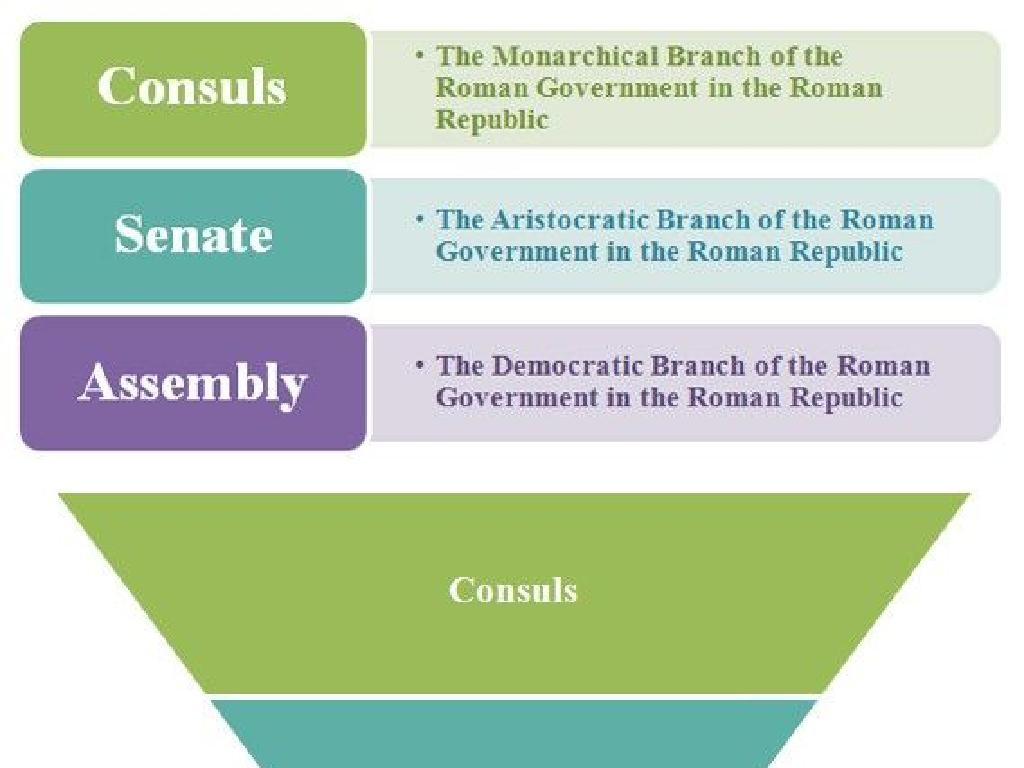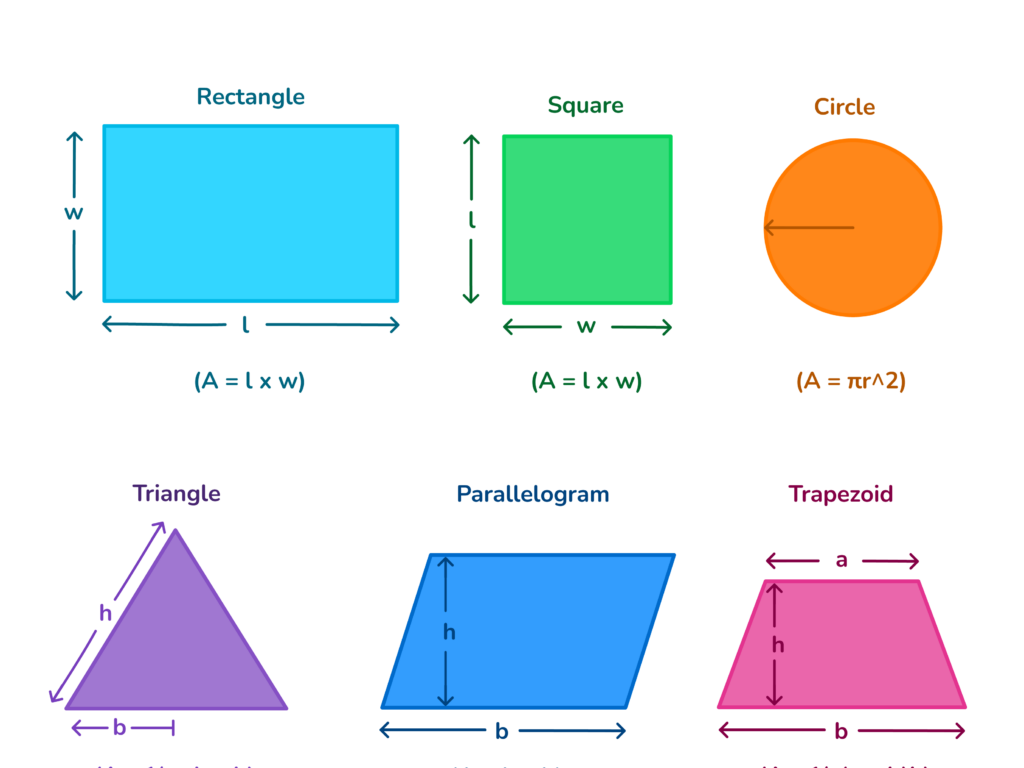Classify Rocks As Igneous, Sedimentary, Or Metamorphic
Subject: Science
Grade: Seventh grade
Topic: Rocks
Please LOG IN to download the presentation. Access is available to registered users only.
View More Content
Welcome to the World of Rocks!
– Earth’s crust: A rocky shell
– The Earth’s crust is made up of different types of rocks.
– Three main rock types
– Igneous, sedimentary, and metamorphic are the categories.
– Rocks’ role in Earth’s structure
– Rocks form the foundation of our planet’s continents and ocean floor.
– Cycle of rock transformation
– Rocks constantly change from one type to another over time.
|
This slide introduces students to the fascinating world of rocks and their significance in the Earth’s crust. Begin by explaining that the Earth’s crust is like a shell made up of rocks. Introduce the three main rock types: igneous, formed from cooled magma or lava; sedimentary, created from particles of other rocks or organic material; and metamorphic, which are altered by heat and pressure. Emphasize how these rocks make up the continents and ocean floor, providing the literal foundation for our planet. Conclude by touching on the rock cycle, which is the process of transformation from one rock type to another, driven by the Earth’s internal and surface processes. This sets the stage for a deeper dive into each rock type in subsequent slides.
What Are Rocks?
– Definition of rocks
– Rocks are solid, natural masses of minerals or mineral-like substances.
– Components of rocks
– Rocks are made up of grains that can include minerals, fossils, or other organic material.
– Introduction to the rock cycle
– The rock cycle shows how rocks transform between igneous, sedimentary, and metamorphic forms.
|
Begin the lesson by defining rocks as solid, natural substances composed of minerals or mineral-like materials. Explain that rocks have various components, including grains, which can be minerals like quartz or feldspar, or organic materials such as fossil remnants. Introduce the concept of the rock cycle, a fundamental geological model that describes the transformations of rocks through various forms: igneous, formed from cooled magma or lava; sedimentary, created from the accumulation of sediments; and metamorphic, which are altered by heat and pressure. Emphasize that this cycle is a continuous process that shapes the Earth’s crust. Use diagrams to illustrate the rock cycle and provide examples of each rock type.
Igneous Rocks: Earth’s Natural Building Blocks
– Formation from magma and lava
– Igneous rocks form as magma cools and solidifies
– Characteristics of igneous rocks
– They are often crystalline and can be fine or coarse-grained
– Examples: Granite and Basalt
– Granite is used in construction, Basalt in road base
|
Igneous rocks are one of the three main rock types and form from the cooling and solidification of magma or lava. When magma cools slowly beneath the Earth’s surface, it forms rocks with larger crystals, such as granite. If it cools quickly on the surface, it results in rocks with smaller crystals, like basalt. Characteristics to discuss include texture, color, and crystal size. Granite, with its large crystals and strength, is often used in construction, while basalt, with its fine grains and durability, is commonly used in road base and as an aggregate. Encourage students to bring in samples or pictures of igneous rocks and discuss their uses in everyday life.
Sedimentary Rocks: Formation and Characteristics
– How sedimentary rocks form
– Formed by compaction of sediments over time
– Key characteristics of sedimentary rocks
– Often have layers; can contain fossils
– Example: Sandstone
– Composed mostly of sand-sized minerals or rock grains
– Example: Limestone
– Mainly made of calcite; used in building materials
|
This slide introduces sedimentary rocks, focusing on their formation through the compaction of sediments and their distinct characteristics. Emphasize the layering often found in sedimentary rocks and the potential for these rocks to contain fossils, which can be a point of interest for students. Use sandstone and limestone as concrete examples to help students visualize and understand the concepts. Sandstone is typically made of sand particles cemented together, while limestone is composed largely of calcite and is commonly used in construction. Encourage students to bring in or research additional examples of sedimentary rocks and discuss how their formation and characteristics differ from igneous and metamorphic rocks.
Metamorphic Rocks: Transformation and Characteristics
– Formation through heat and pressure
– Intense conditions alter rock’s structure
– Key characteristics of metamorphic rocks
– Distinctive foliation or banding patterns
– Example: Slate
– Slate: from shale, used in roofing
– Example: Marble
– Marble: from limestone, used in sculpture
|
Metamorphic rocks are formed from pre-existing rocks that have been transformed by extreme heat and pressure within the Earth’s crust. This process can significantly alter the mineral composition and structure of the rock, resulting in unique physical characteristics such as foliation or banding. Common examples include slate, which originates from shale and is often used in roofing due to its durability, and marble, which comes from limestone and is prized for its use in art and architecture. Encourage students to explore and identify these rocks in their surroundings or in images, noting their distinct features.
Comparing Rock Types
– Compare texture, color, and layering
– Observe the grain size, arrangement, and overall appearance
– Discuss rock formation environments
– Igneous form from cooling lava, sedimentary from sediment compaction, metamorphic from heat and pressure
– Interactive Q&A session
– Use examples to quiz students on rock identification
– Reinforce learning through engagement
|
This slide aims to help students visually and conceptually differentiate between igneous, sedimentary, and metamorphic rocks. Start by examining the physical characteristics such as texture, color, and layering. Explain how these features relate to the rock’s formation environment: igneous rocks crystallizing from molten magma, sedimentary rocks forming through the accumulation and cementation of sediment, and metamorphic rocks being altered by heat and pressure. Engage the class with an interactive Q&A session, using real-life examples or images to test their understanding. This activity will not only reinforce the lesson but also encourage active participation and critical thinking.
Rock Classification Activity
– Group activity: Classify rocks
– Use flowchart for rock types
– A step-by-step guide to identify rock characteristics
– Discuss findings in groups
– Talk about the features that led to your classification
– Share with the class
|
This slide introduces a hands-on group activity for students to apply their knowledge of rock classification. Provide a variety of rock samples and a flowchart to each group. The flowchart should guide them through the process of classifying each rock as igneous, sedimentary, or metamorphic based on observable characteristics. After classification, encourage discussion within groups to ensure understanding. Conclude the activity with presentations from each group to share their findings and reasoning. This will foster communication skills and reinforce their understanding of the rock types. Possible variations of the activity could include using images of rocks if physical samples aren’t available, or having students create their own flowcharts based on their knowledge.
Rock Classification: Conclusion & Recap
– Review: Igneous, Sedimentary, Metamorphic
– Igneous form from cooling magma, sedimentary from compaction, metamorphic from heat/pressure
– Significance of Rock Classification
– Understanding Earth’s processes and history
– Observe Rocks in Daily Life
– Look for rock types around you, note characteristics
– Continue Learning Beyond Class
|
As we wrap up, let’s recap the three main types of rocks and their formation processes. Igneous rocks crystallize from magma, sedimentary rocks are made from compacted sediments, and metamorphic rocks are altered by heat and pressure. Classifying rocks helps us to understand Earth’s history and the processes that shape our planet. Encourage students to observe and identify rocks they come across in their daily lives, reinforcing their learning experience. Remind them that geology is all around us and that they can continue to learn and discover even outside the classroom.
Class Activity: Rock Hunt!
– Embark on a rock collection walk
– Classify rocks as igneous, sedimentary, or metamorphic
– Use characteristics like texture and color to determine rock types
– Discuss the types and origins of rocks
– Consider environment and formation clues
– Share findings with the class
|
This interactive activity is designed to take students outside the classroom to apply their knowledge of rock classification in a real-world setting. Provide students with guidelines on how to safely collect rocks and remind them to respect nature. Encourage them to observe the physical properties of the rocks they find, such as grain size, layering, and color, to classify them. Back in the classroom, facilitate a discussion where students can hypothesize about the rock’s formation and origin based on their classification. This will help reinforce their understanding of the rock cycle and the processes that form different types of rocks. Possible variations of the activity could include having students sketch the rocks they find, write a short report on a particular specimen, or create a small presentation on their findings to share with their peers.





